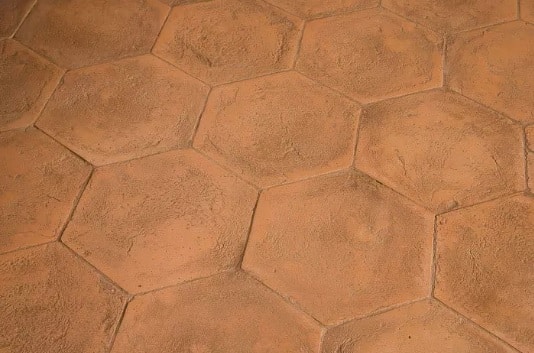Aging new terracotta bricks by hand, by sanding them
Here is how we age the terracotta – maybe for an outdoor or indoor terracotta floor – and to have new “old” bricks
Sanded cotto is the most immediate “evolution” of rustic terracotta.
The final effect on the brick allows you to admire a less homogeneous surface, sometimes still rough, sometimes with smoother areas, with surfaces that are visually softer, and more smooth to the touch, as if time and walking or atmospheric agents influences on terracotta.
If you are looking for a method that can tell you how to age the cotto, you found it. In fact, the surface of the sanded brick bricks seems naturally worn by time. For this reason, the sanded terracotta is very suitable for renovations, mentally referring to the old terracotta floors that are often found in farmhouses and country houses, where the trampling of generations of people has made the floor smooth and irregular.
The sanded surface then goes to lightly consume the rustic surface of the brick giving it a sense of experience, and is mainly used – not to mention exclusively – in the creation of interior or exterior floors.
The sanding of the piece is generally done before laying, and then repeated after the same to eliminate the residual roughness of the individual pieces, or even to uniform the individual tiles in terracotta with adjacent ones. The sanding can be done raw – that is when the brick is dried but not yet baked -, cooked and in work.
In the first case, the cotto is sanded with a brush, in the second and in the third generally with abrasive disks or very fine sandpaper.
Look here to get some examples of sanded terracotta floors, if you need to know how the terracotta is aged and what are the effects of sanding on floors of different types and colors.



